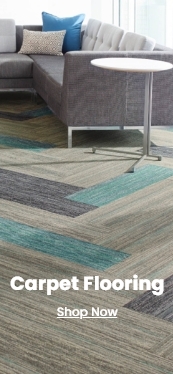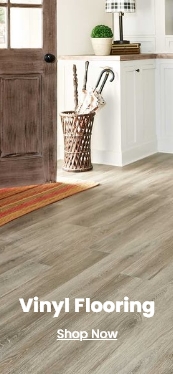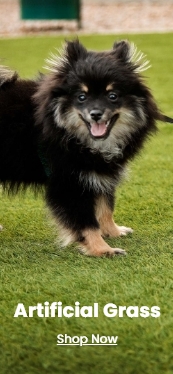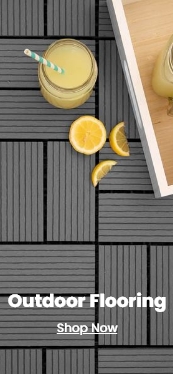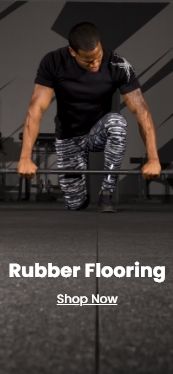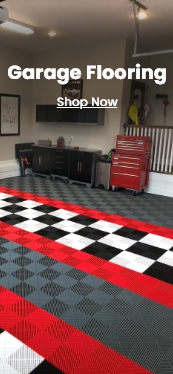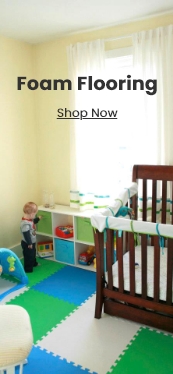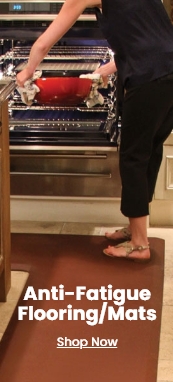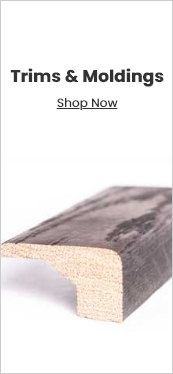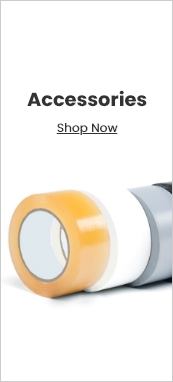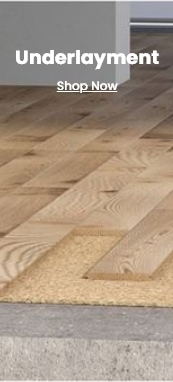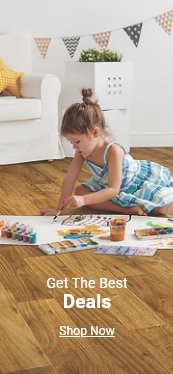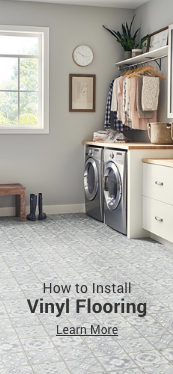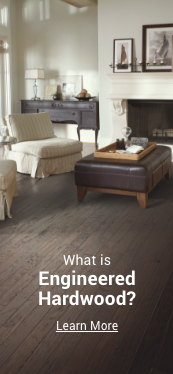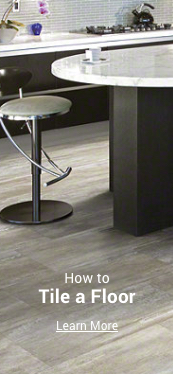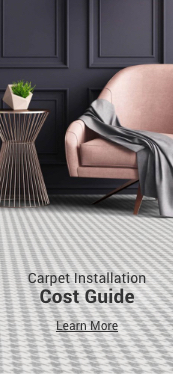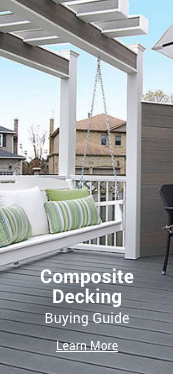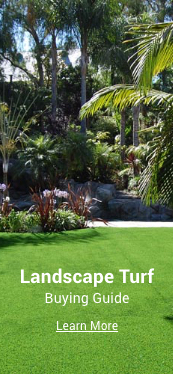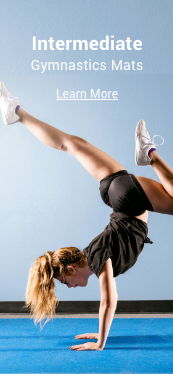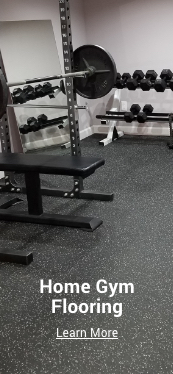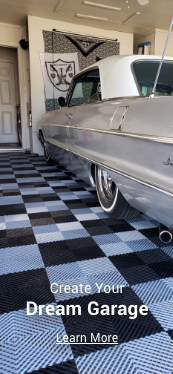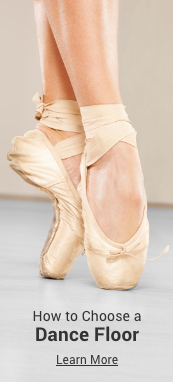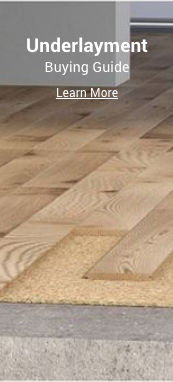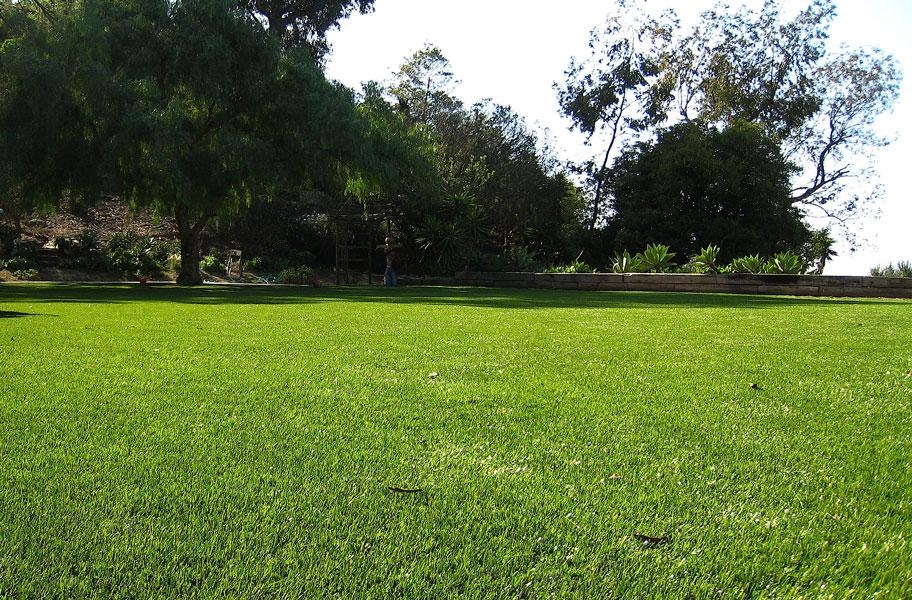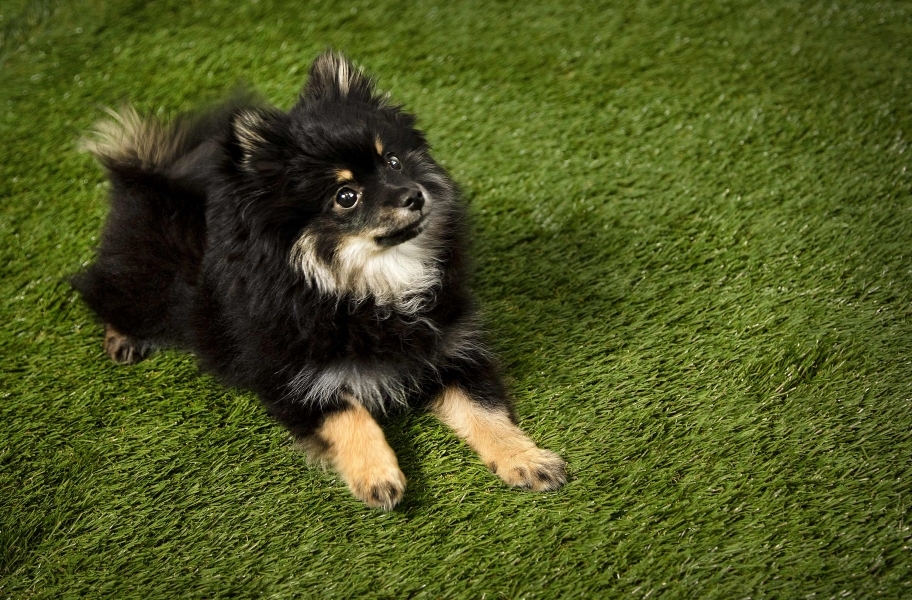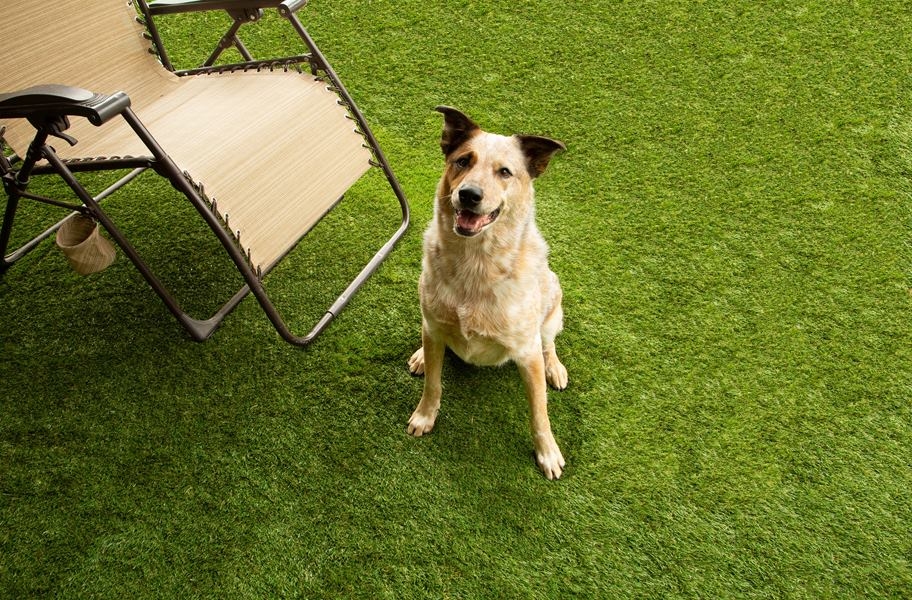How to Install Artificial Grass: DIY Tips For Your Lawn
| Fact Checked By: Sonal Agarwal
Published: April 1, 2021 | Updated: June 2, 2023
Who would’ve thought that you needed help installing grass? Nowadays, artificial grass is the way to go for yards, patios, even gyms, but to enjoy it properly, it’s important to understand how to install artificial grass in different areas.
To answer this question, we will be going over the different installation techniques for artificial grass. From replacing the natural grass in your yard to installing over a concrete slab, this guide will help you on your installation journey.
Replacing Natural Grass with Turf
Most commonly, you’re installing artificial grass where natural grass used to be. While it takes a little bit of hard work, with the right tools and instructions, the overall process is simple. Therefore, to get started on the right foot, let’s go over what tools and materials you’ll need to get the job done.
Here’s what you need:
- Turf cutter or utility knife
- Shovel
- Gravel for the turf base
- Sand
- Lawn padding– optional for added comfort
How to Replace Natural Grass with Artificial Turf
Now that you have all your tools, let’s start installing artificial grass over natural grass.
1. Prepare the Area
To start on fresh ground, get rid of all the natural grass and weeds from the area, then to make room for the base, remove the top layer of your soil (about three to four inches) using a shovel. Once this is complete, walk over or apply pressure to the area to compact the loose soil.
2. Lay Your Base
To prevent your yard from slumping, use a wheelbarrow or shovel and spread out stone or gravel as a firm base. We suggest using any stone or rock smaller than 3/8” as a base, then add a sharp sand layer about 10-15mm thick on top. Once this is done, water the whole area with a hose to help compact the gravel and sand together.
3. Install a Weed Barrier
To stop weeds from growing through your turf, you’ll want to lay a weed barrier on top of the compacted turf base. Place the barrier wherever grass is being installed.
4. Compact and Level
Make sure your base is evenly compacted with a plate or hand compactor. Then double-check the area for high and low spots and flatten if uneven.
5. Place Underlayment and Artificial Grass
If you have underlayment or padding, roll it out on top of your base to provide comfort underfoot, ensuring you have every inch covered. Once the underlayment is out, place your artificial grass on top, let it settle for about three hours, then join any pieces of grass with tape or glue, if required.
6. Trim the Edges
If there is any excess turf on the perimeter of the area, use a utility knife cut neatly around the edges.
7. Pin Down the Turf
Use landscaping anchor pins or 4” – 6” galvanized stakes to secure the turf. Place the pins around the perimeter and along the seam at 6” – 8”: intervals. Pro tip: While placing the pins or nails be sure to not over-hammer, as this could cause dips in your grass.
8. Apply Turf Infill
To ensure your artificial turf stands straight and as natural as possible, apply infill to your newly installed turf.
9. Brush Out the Grass
Spread the infill and fluff the grass with a broom (or power broom) and brush against the pile. This process will refresh your turf after being rolled up.
Voila! You just replaced natural grass with artificial grass. Now you can enjoy your gorgeous low-maintenance lawn.
| Related Content >> Artificial Grass Buying Guide |
Installing Turf Over Concrete
You can install turf over concrete to upgrade your balcony or patio with artificial grass. However, this process requires a little less manual labor than replacing natural grass and can be done in a few simple steps. Let’s get started with the tools required for this project.
Here’s what you need:
- Turf cutter or utility knife
- Foam shock pad– optional for added comfort
How to Install Artificial Grass Over Concrete
1. Prepare the Area
Make sure the existing concrete is clean. Remove all stuck-on dirt and debris.
2. Install a Performance Pad
To ensure excellent comfort under your turf, install a shock-absorbing, free-draining performance pad. Apply 2-3mm of outdoor glue to the surface to secure the pad in place. Work quickly as the glue dries fast.
3. Lay Out Your Grass
Lay your turf on the area and let it settle for about three hours to prevent wrinkling and creasing. Once settled, connect the seams with tape or glue, if required.
4. Trim the Edges
Cut the excess turf with a turf cutter or utility knife. Make sure to make even cuts so your grass has the perfect edge.
5. Apply Turf Infill
So the artificial turf stands straight and looks as natural as possible, apply infill to your newly installed turf.
6. Brush Out the Grass
To refresh your turf after being rolled up, grab a broom (or turf rake) and brush against the pile to spread the infill and fluff the grass.
| Related Content >> How to Choose Artificial Turf Infill |
Maintaining Artificial Grass After Installation
Even though artificial grass doesn’t require traditional yard maintenance such as mowing, it should still be cleaned and maintained regularly. Therefore, once your artificial grass is installed, be sure to keep it looking great by following a few simple steps.
- Weekly maintenance: Once weekly, lightly rinse your lawn with a hose. Spraying the grass will remove dust, dirt, and other small particles, as well as pet waste. If there is any large debris, such as leaves, be sure to rake the yard first.
- Monthly maintenance: Using a broom (or power broom) sweep against the natural grain of the grass to put it at an upright position.
- Pet yard maintenance: If your pets play in the yard, remember to clean up after them. then hose down the area, and apply a turf neutralizer if needed.
| Related Content >> The Best Artificial Grass Options |
Artificial Grass Installation FAQ
So you have all the facts before you install your artificial turf, check out some of the commonly asked questions about artificial turf installation.
What do you put under artificial grass?
Depending on where you’re installing the artificial grass, there are a few things that go under it.
For instance, if you’re replacing natural grass with artificial grass, you’ll start with stone and sand to make the ground level and sturdy. Then add a weed fabric atop the turf base to stop weed growth, with a lawn pad on top to provide a soft landing directly under the turf. When installing turf over concrete, however, you’ll need a performance pad to soften the subfloor and make it more comfortable.
Can I install my own artificial grass?
Artificial grass installation does not require a professional installer. Therefore, as long as you’re comfortable with the installation process, you can install artificial turf by yourself. Just be sure to check with the manufacturer’s instructions before you begin.
What are the different uses of artificial grass?
How do you want to use your artificial grass? There are tons of specialized options designed for optimal performance in a variety of spaces, from putting greens to playgrounds and even doggy daycares.
- Pet-friendly turf: Artificial grass for dogs features a soft pile that is comfortable for precious paws. Our pet-friendly turf resists staining and damage from digging.
- Landscape turf: To better resemble the look and feel of real grass, these rolls resemble a variety of grass species. Some even contain brown thatch for a more realistic look.
- Gym turf: Gym turf is made with a short pile that’s ideal for sled pulls. It’s incredibly durable and can withstand the challenges of commercial gyms.
- Sports and field turf: Designed with sports in mind, field turf is developed to reduce injuries while providing a smooth playing surface with optimal traction.
- Playground turf: Get turf dense enough to handle a high level of traffic. To truly make our artificial grass playground safe, you will want to add a foam pad underneath the turf.
- Putting green turf: You’ll need a short, dense pile that allows a golf ball to roll true. No bad lies on this putting green!
Can artificial grass be placed over grass?
It’s not a good idea to place artificial turf over existing grass, because you can run into issues with drainage and it wouldn’t be completely level. Plus, some of the weeds and grass underneath will attempt to grow up through your artificial turf.
Instead, you should either cover the natural grass with sand or dig it up to provide a smooth surface for your artificial grass.
Does artificial grass require infill?
Infill is a material designed to help your yard look better, longer. While infill is not required for artificial turf, it’s used to help keep the blades standing straight up to look as natural as possible. Without infill, over time your turf will lay down and may look matted
There are three primary types of infill to choose from. Each of these options will help your yard look natural and well-maintained.
- Durafill: Pet and environmentally friendly.
- Sand infill: Typically the least expensive form of infill.
- Putting green infill: Perfect for putting green surfaces.
Do you need drainage for artificial grass?
Most artificial grass comes with a porous backing that water can flow through, so you won’t have to worry about creating a drainage system before installation. It’s always best to check with the turf manufacturer to ensure your artificial turf can drain water properly.
Does artificial grass need time to settle?
After being rolled up or compacted, artificial turf should lay flat and settle after being rolled onto the surface. It’s recommended the grass should settle for about three hours to avoid any creasing or wrinkling.
How long does artificial grass last?
Because artificial turf is so low-maintenance, our selection of artificial grass can last up to 15 years depending on the brand and quality of grass. As long as you maintain it, by using the proper infill and cleaning it regularly, synthetic grass will serve your yard beautifully for a long time.
Is artificial grass safe?
Most artificial grass is non-toxic, made from pet-friendly, kid-friendly nylon or plastic materials. In the past, there have been concerns about the crumb rubber infill used with turf for sports fields, but extensive testing has shown that there are “no elevated health risks” to children and adults playing on turf fields containing crumb rubber infill. (source).
| Related Content >> Artificial Grass FAQ: 15+ Things You Need to Know |
Conclusion
Installing artificial grass is overall a simple process once you have the right tools, turf, and surface. Now that you have an idea of what to do, you can get started!
If you’re looking for turf to install, good news! We have a wide selection of artificial grass to choose from.
Order Free Samples Shop All Artificial Grass

